How to: Naturally Dyed Easter Eggs
in Recipes
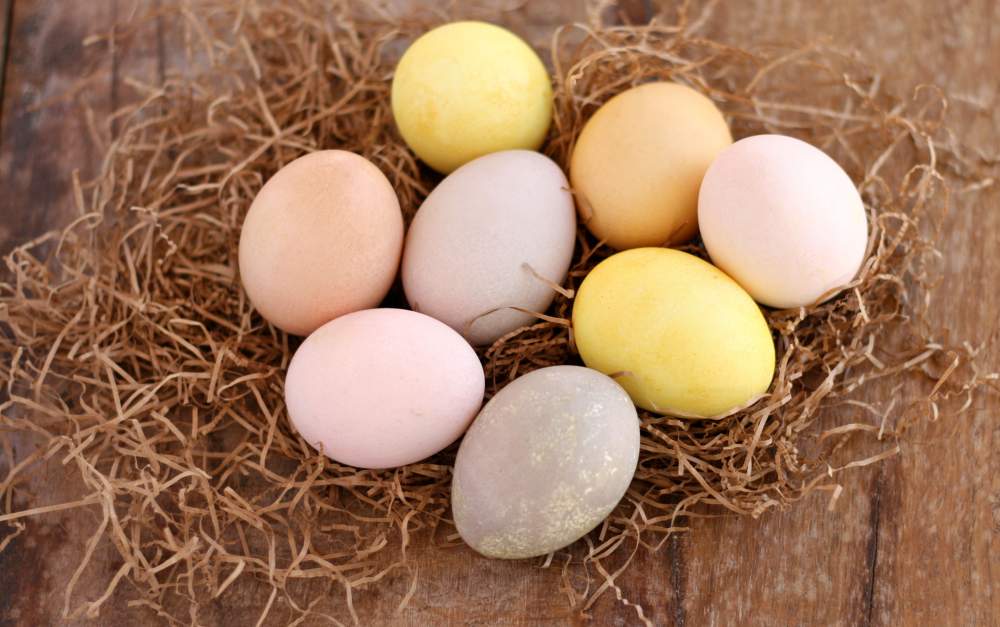
Let me tell you a little story.
On a particularly warm weekend many years ago, when the spring flowers were finally poking their heads out of the rough soil, my family and I headed to northeastern Pennsylvania to visit my grandparents and celebrate Easter. Before leaving, my mom and I stopped at the grocery store to pick up a package of Easter Egg dye complete with sparkles, bright dye, and all sorts of goodies for making shiny, bright eggs. You see, dying Easter Eggs was my favorite thing. I loved trying to make intricate eggs, dipping one half of the egg pink, the other half purple and dumping glitter over top the whole thing. My brothers, on the other hand, were slightly less imaginative and a tad more destructive, dipping their eggs in every single color resulting in a murky green-ish brown egg at the end of the egg-stravaganza.

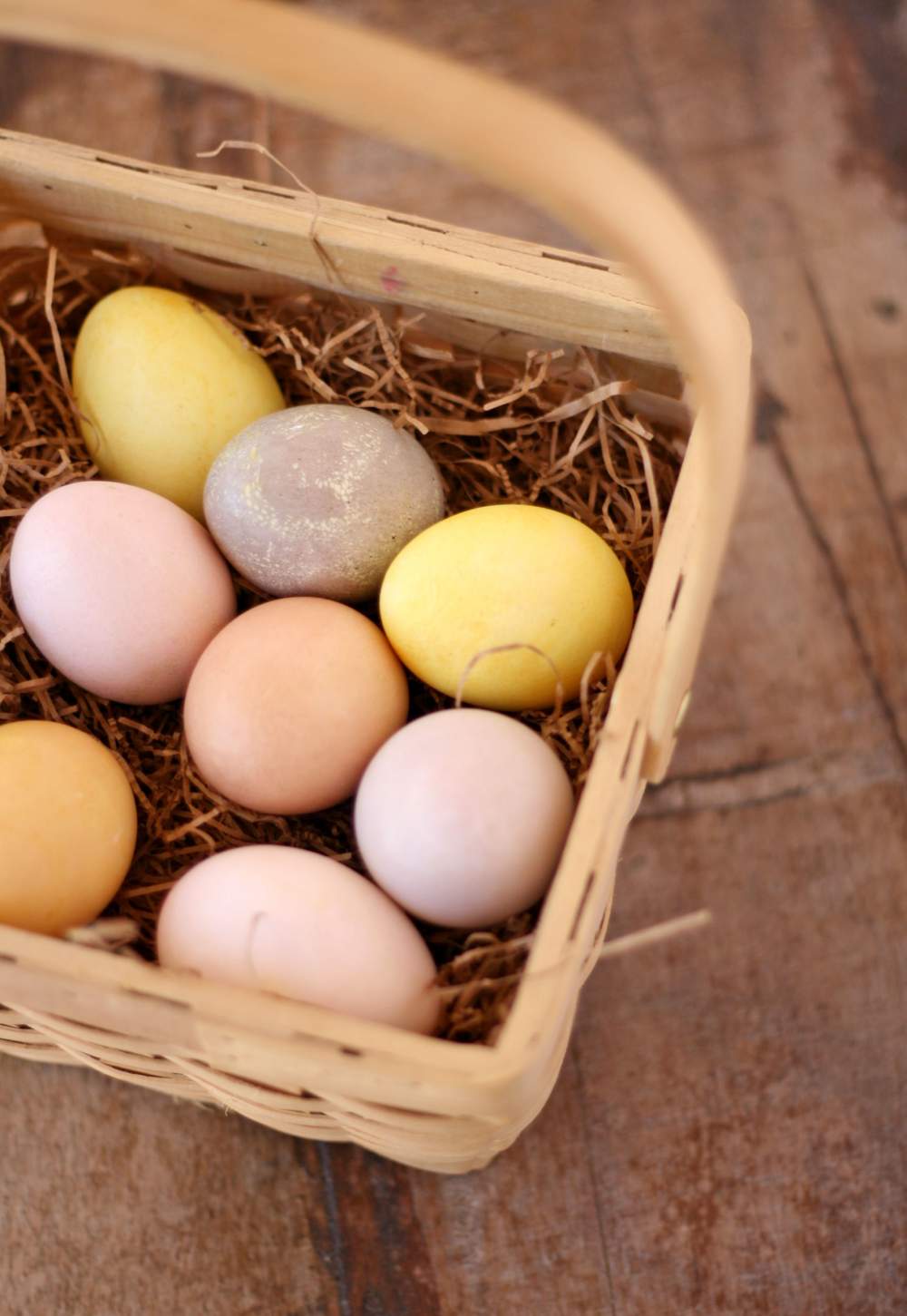
Anyways, I was incredibly excited to dye Easter eggs, as usual. When we arrived at my grandparent’s house, however, I discovered that my grandma had already dyed the all of the eggs…one color…with beet juice. I was horrified! Beet juice?! From vegetables? On eggs?! My grandma, bless her heart, made sure to go buy me a fresh batch of pure white eggs so I could chemically and artificially dye my eggs the delightful hue of red #40. And pour glitter all over them…
Oh how wise my grandma was.
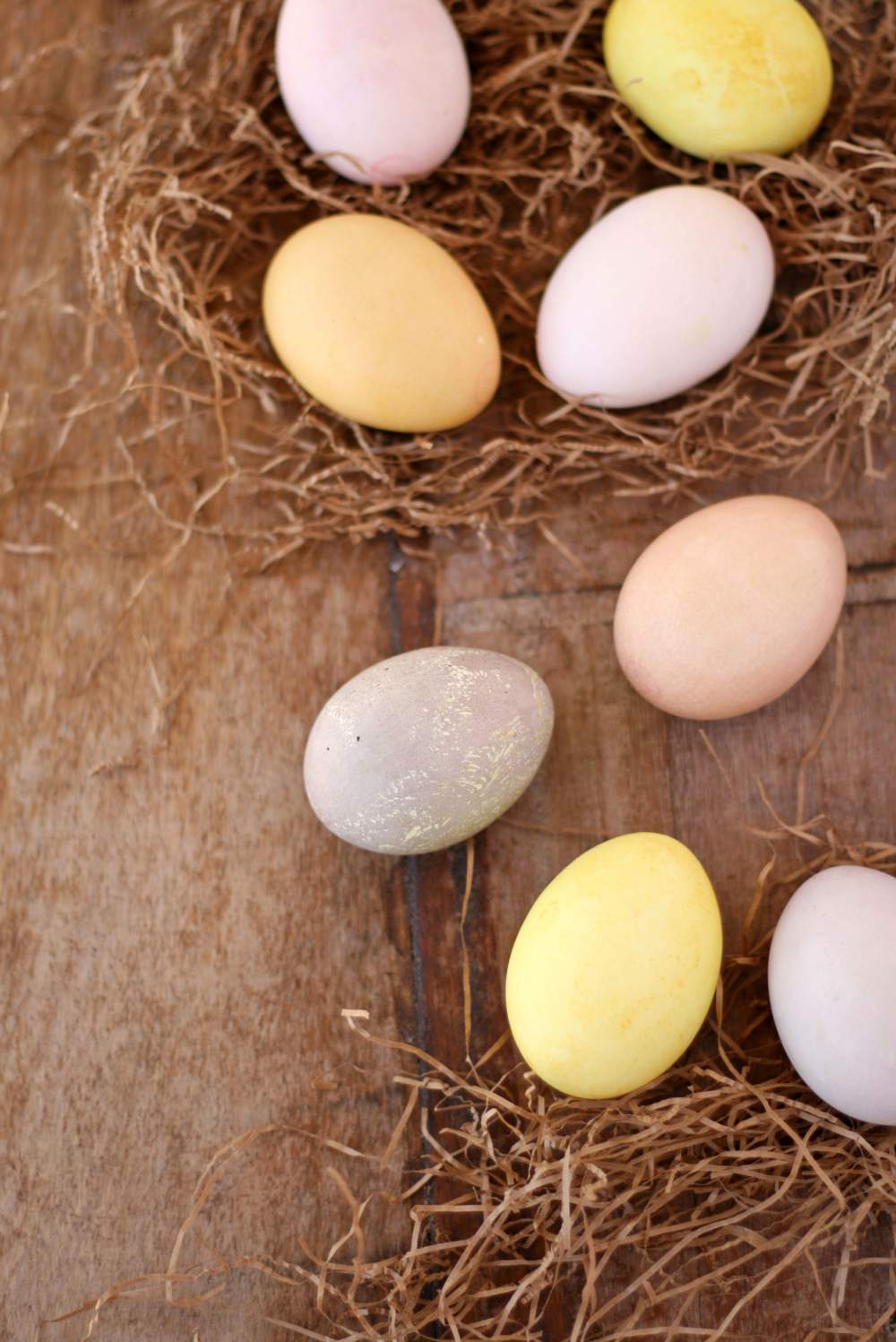
This year, I’m inspired by grandma to create natural ways to dye Easter eggs. Instead of chemicals and artificial dyes I’m using pure plants to create delightful color combinations and beautiful pastel Easter Eggs. I’d like to think that my grandma would be incredibly proud ☺
Let’s get cracking.
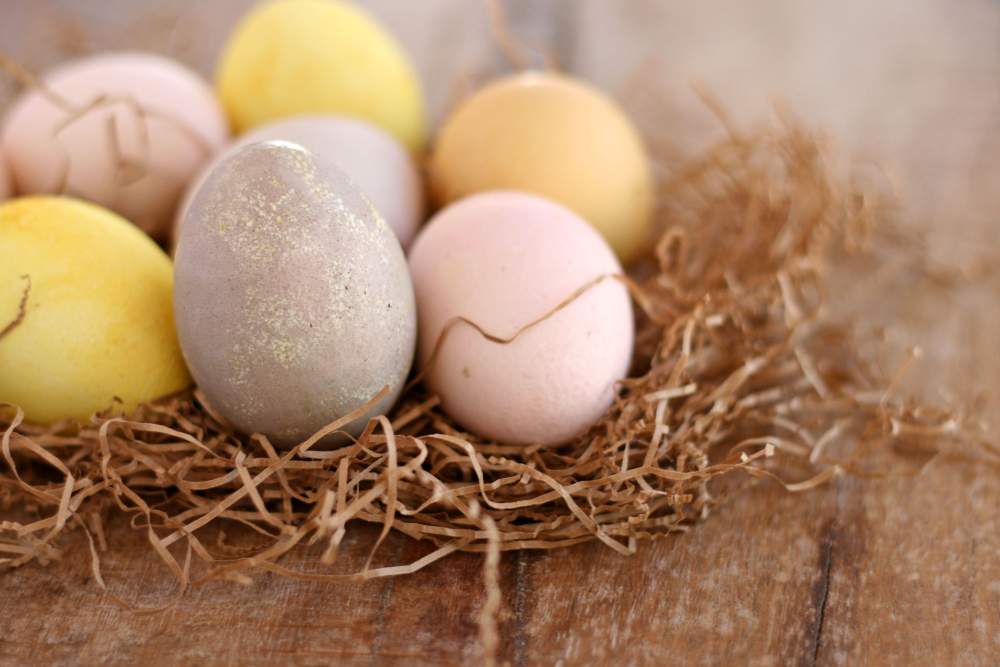
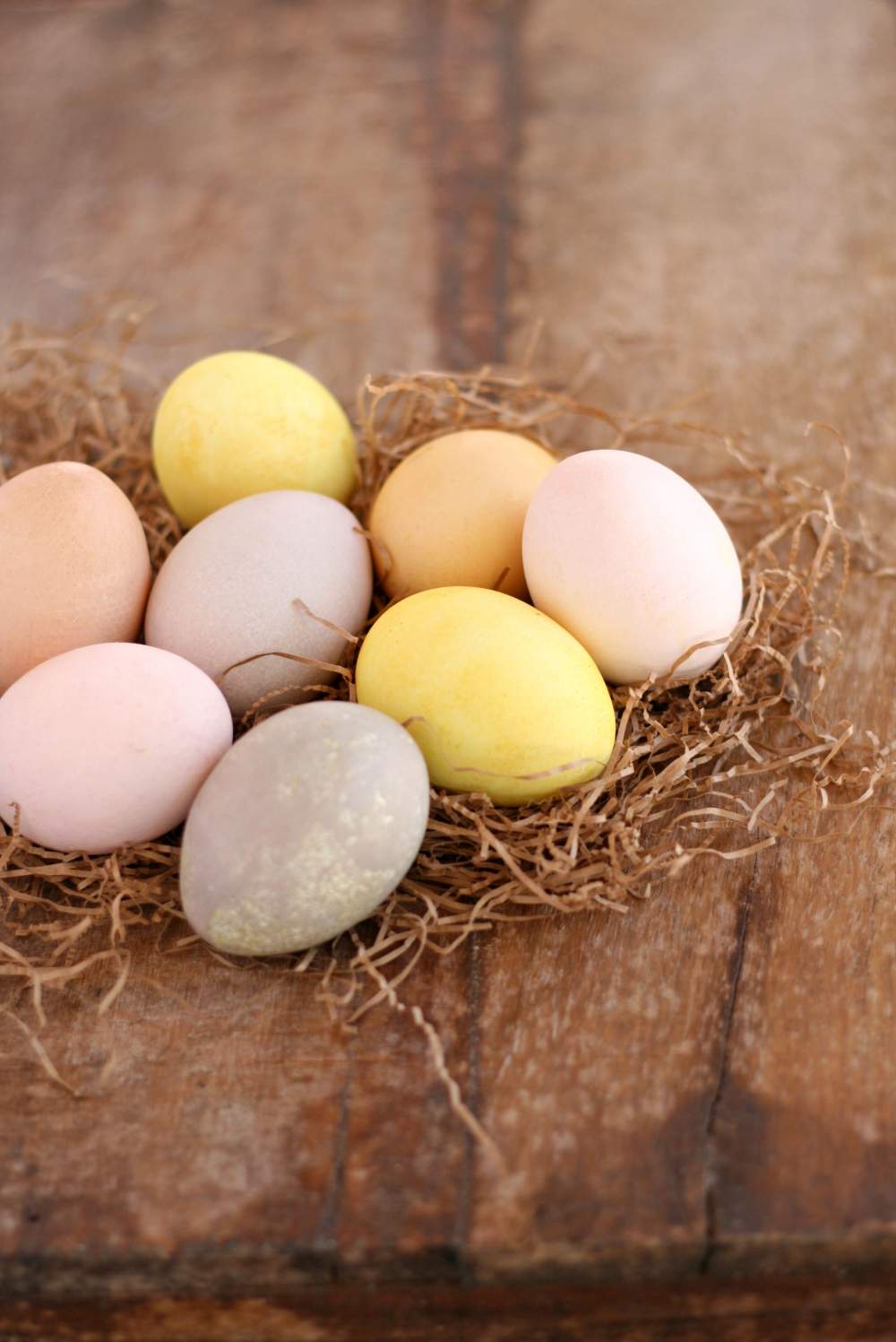
For pink eggs:
1 medium sized red beet, roughly chopped
2 cups water
2 tablespoons white vinegar
Place water and beet in a medium sized saucepan. Bring to a boil, reduce heat, and let simmer for 20 minutes. Remove from heat and strain red liquid into a heatproof glass or bowl. Let cool to room temperature before adding in vinegar and dying eggs.
For yellow eggs:
1 ½ tablespoons ground turmeric
2 cups water
1 tablespoon white vinegar
Place water and turmeric in a medium sized saucepan. Bring to a boil, reduce heat, and let simmer for 10 minutes. Remove from heat and strain yellow liquid through a fine mesh sieve and into a heatproof glass or bowl. Let cool to room temperature before adding in vinegar and dying eggs.
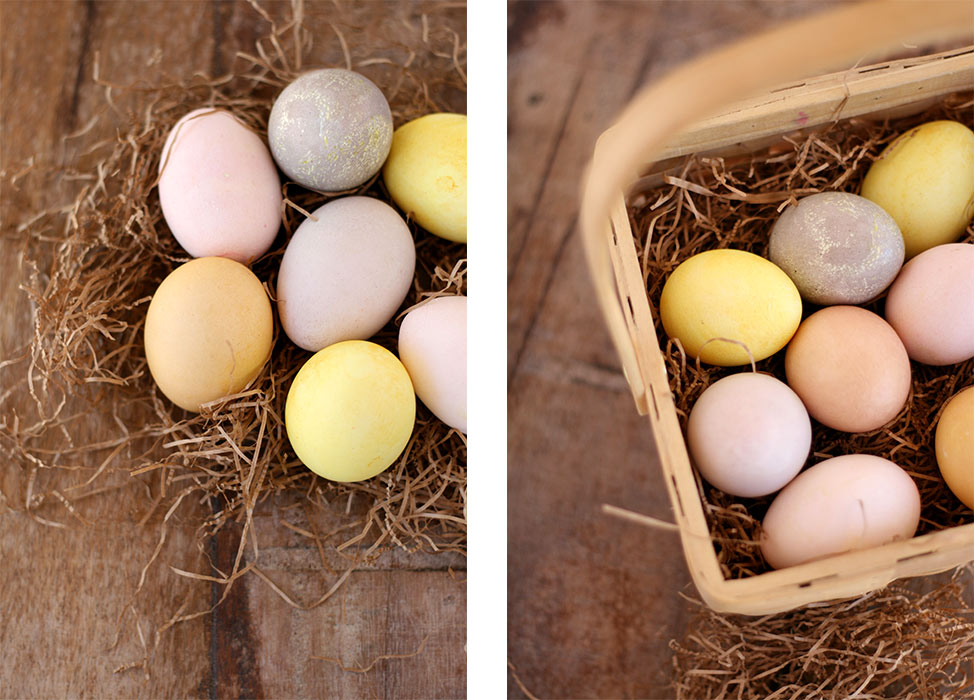
For pale pink/red eggs:
The skins from 3 large red onions
2 cups water
2 tablespoons white vinegar
Place water and onion skins in a medium sized saucepan. Bring to a boil, reduce heat, and let simmer for 20 minutes. Remove from heat and strain liquid into a heatproof glass or bowl. Let cool to room temperature before adding in vinegar and dying eggs.
For pale purple eggs:
1 heaped tablespoon acai powder
2 cups water
2 tablespoons white vinegar
Place water and acai powder in a medium sized saucepan. Bring to a boil, reduce heat, and let simmer for 10 minutes. Remove from heat and strain liquid through a fine mesh sieve and into a heatproof glass or bowl. Let cool to room temperature before adding in vinegar and dying eggs.
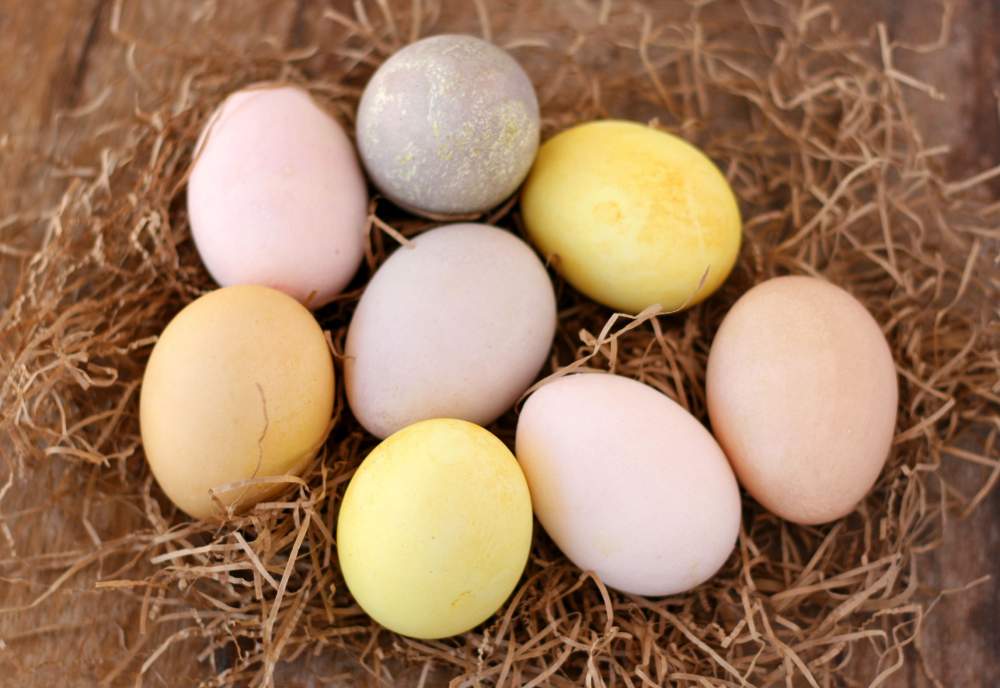
Method:
I used 8 white medium sized hard-boiled eggs. I prefer to hard-boil my eggs with this method. Note, dying eggs naturally is a lengthy process. Once dyes are cooled to room temperature place an egg or two in each bowl and let sit for 20-30 minutes (or more!) until you’ve reached the color you desire. My eggs were quite pastel colored, but the longer you let them sit, the deeper color the eggs will become. Mix and match colors too! I passed my eggs from bowl to bowl until I got the exact colors I wanted. Have fun and experiment!
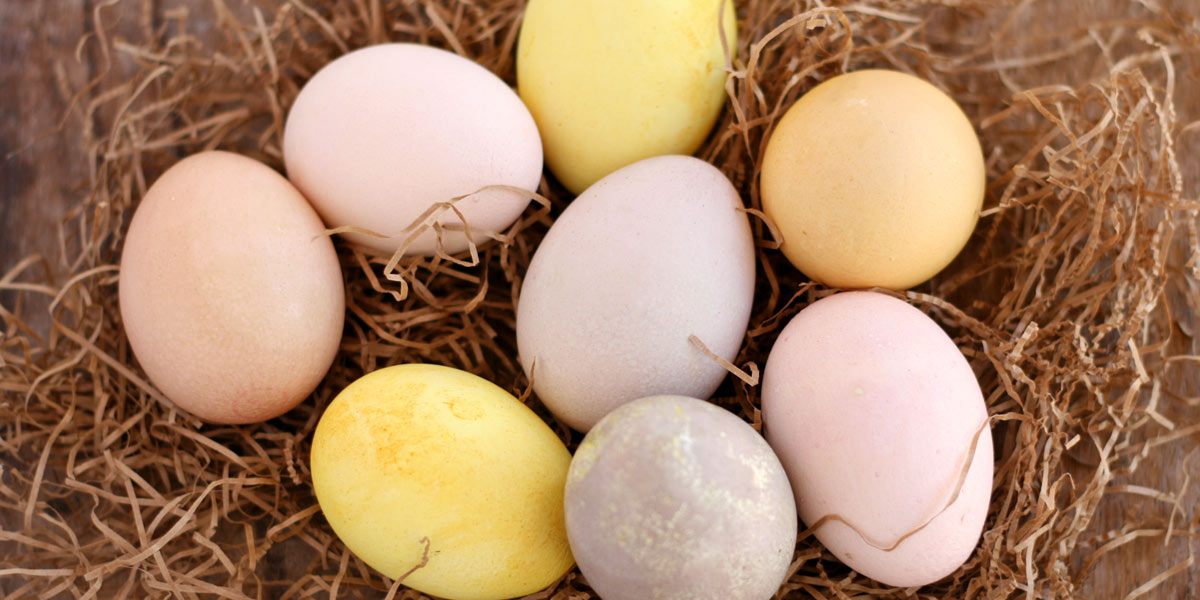

Wow, what a great idea! The yellow turmeric eggs are my favorite – i can’t wait to give these dyes a try!